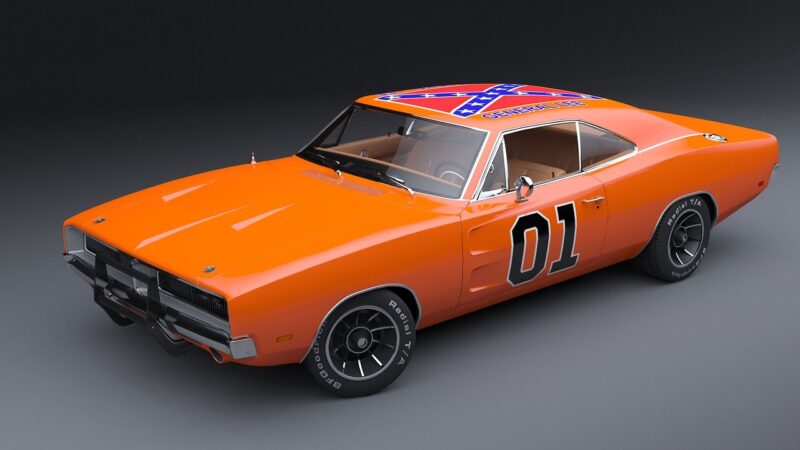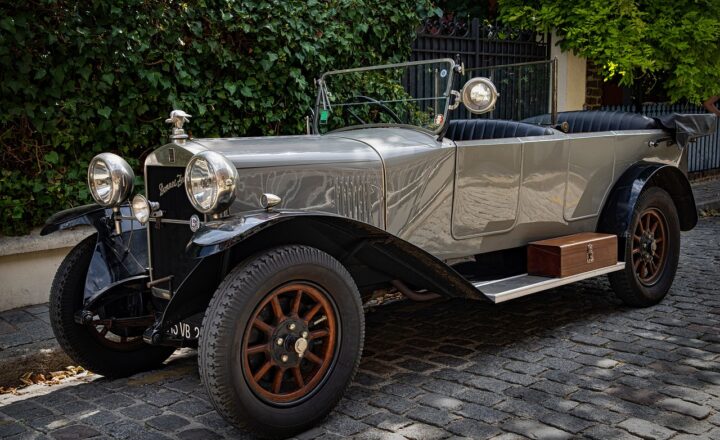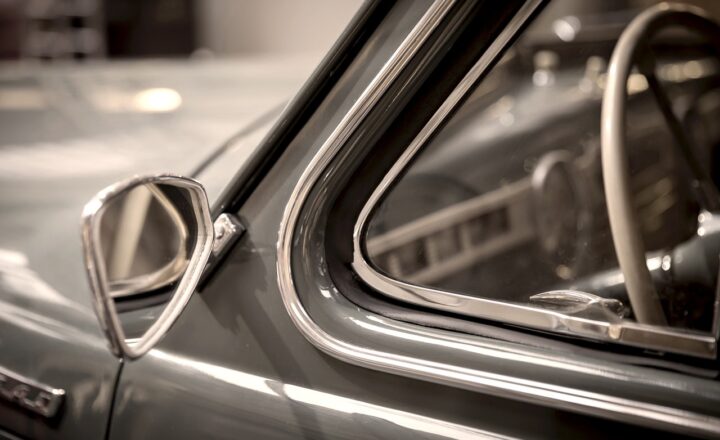The Legacy of the Dodge Charger: From Classic Muscle Car to Modern Powerhouse
November 13, 2024

The Dodge Charger is not just a car; it’s a symbol of American automotive culture, a testament to the evolution of muscle cars from the 1960s to today. Known for its aggressive styling and powerful performance, the Charger has undergone significant transformation while maintaining its iconic identity. In this article, we will explore the legacy of the Dodge Charger, its roots in classic muscle car history, its evolution into a modern powerhouse, and what the future holds for this legendary vehicle.
1. A Brief History of the Dodge Charger
The Dodge Charger made its debut in 1966 as a prototype presented at the Chicago Auto Show. Initially designed as a two-door hardtop coupe, the Charger was available with various powerful engine options, appealing to muscle car enthusiasts. The first generation, spanning from 1966 to 1970, introduced features like a sleek, fastback design and a spacious interior, resulting in its status as a welcome challenger to contemporaries like the Ford Mustang and Chevrolet Camaro.
The late 1960s saw the Charger becoming a typical American muscle car, favored both on the street and the racetrack. With available engines such as the 426 HEMI and 440 cubic inches of raw power, it quickly gained notoriety for its speed and performance.
2. The Golden Era: Chargers in Pop Culture
The Charger solidified its place not only in the automotive industry but also in pop culture, thanks in part to its appearance in the iconic TV show “The Dukes of Hazzard.” The famous General Lee, featuring a distinctive orange paint job with a Confederate flag on its roof, became synonymous with the Charger’s image in the late 1970s and 1980s. This influence propelled the Charger into the hearts of car enthusiasts and casual viewers alike.
As the decades passed, the Charger continued to evolve, transitioning from muscular to lean designs and incorporating changing automotive technologies.
3. The Modern Charger: Performance and Technology
In the early 2000s, the Dodge Charger made a triumphant return to the market as a four-door sedan. This bold move marked a significant departure from its classic origins yet paid homage by offering a blend of performance and practicality.
Arguably, the modern era of Charger began with the 2006 model that carried the legacy forward by updating the design while retaining classic styling cues. Available in various trims, the Charger offers powerful V6 and V8 engine options, with the celebrated 6.2L supercharged HEMI V8 that provides exhilarating performance and thrills.
The modern Charger is equipped with cutting-edge technology, including advanced infotainment systems, comprehensive safety features, and high-performance capabilities. This transformation highlights how Dodge has embraced trends such as fuel efficiency, technology integration, and driver assistance, while staying true to its performance roots.
4. Generational Variations: Which Charger Is Best?
While each generation of the Dodge Charger boasts unique features, enthusiasts often debate which model stands the test of time. Here are examples of standout Chargers across generations:
- 1969 Dodge Charger R/T: Known for its power and performance, this model is highly sought after by collectors and often seen as the apex of classic muscle cars.
- 2006 Dodge Charger Daytona: This special edition featured a retro-inspired design and reintroduced the performance that the Charger is famed for, appealing to a new generation of car enthusiasts.
- 2020 Dodge Charger Scat Pack: With a 485-horsepower V8 engine and advanced technology, this modern iteration embodies the raw power and innovation of the Charger legacy.
Collectors remain eager to find vintage models, while newer generations are drawn to the blend of performance and modern amenities offered in contemporary designs.
5. The Charger Community: A Passionate Following
The Dodge Charger has fostered a vibrant community of enthusiasts and collectors who revel in their shared passion for this legendary automobile. Car clubs, online forums, and social media groups dedicated to the Charger have become popular venues for fans to connect, share modifications, showcase restorations, and swap stories about their experiences on the road.
Events such as local car meets, national shows, and track days allow Charger owners to display their vehicles and connect with fellow enthusiasts. The culture surrounding the Charger is rich, with a wealth of shared history and collective pride in the vehicle’s legacy.
6. The Future of the Dodge Charger: What Lies Ahead?
With changing automotive landscapes and the increasing importance of fuel efficiency and environmental consciousness, the future of the Dodge Charger is subject to speculation. While many enthusiasts hope the Charger retains its muscle car persona, Dodge has hinted at potential hybrid and electric models, reflecting a commitment to innovation.
As the auto industry shifts towards sustainability, the Charger may evolve into an eco-friendly powerhouse without compromising on speed and performance. This vision could unite tradition with modernity, ensuring the Charger remains prevalent in car culture for generations to come.
Conclusion
The Dodge Charger is more than just a muscle car; it’s a legacy that embodies the spirit of American performance and culture. From its classic beginnings to the modern machines of today, it has consistently evolved while attracting loyal fans worldwide. As we look to the future, the Charger’s potential transformation into a hybrid or electric model could continue its storied legacy, marrying the power of the past with the demands of tomorrow.
Whether you’re a fan of classic muscle cars or passionate about modern performance, the Dodge Charger stands as a testament to the ever-changing landscape of automotive excellence. As it carries its legacy forward, the Charger will remain an emblem of nostalgia, thrill, and the exhilaration of driving.







